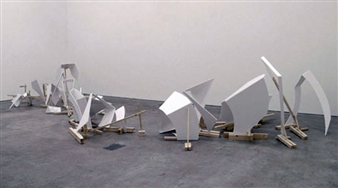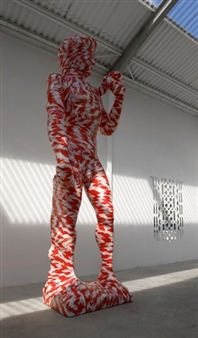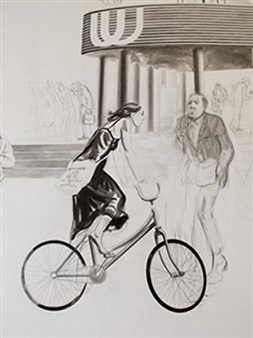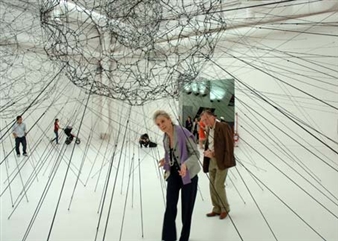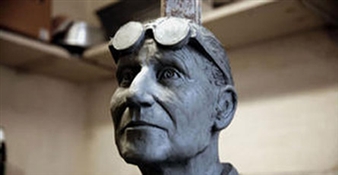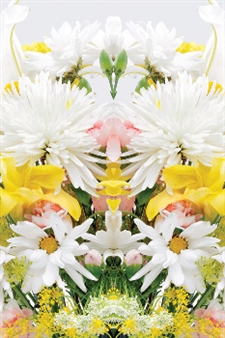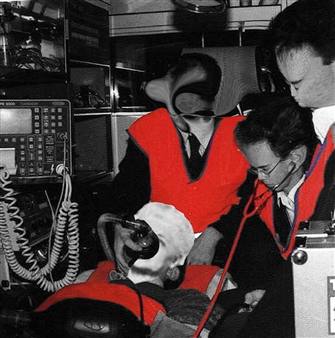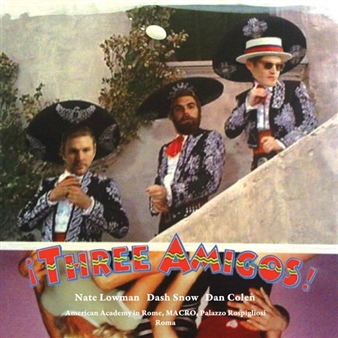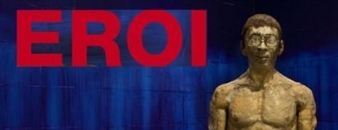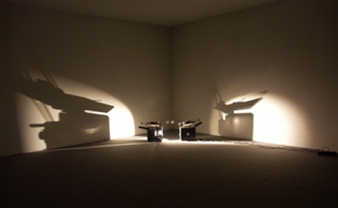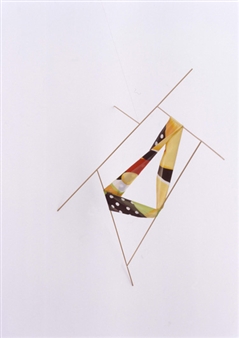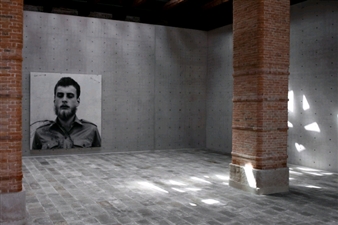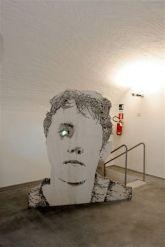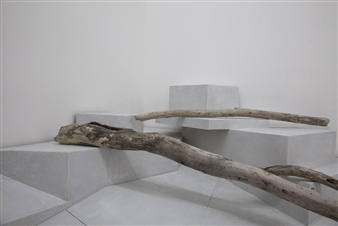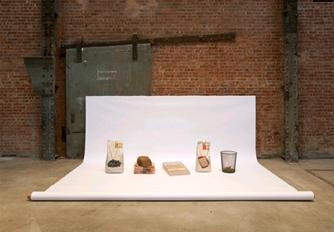DEEP FEELINGS. From antiquity to now

Fondazione Sandretto Re Rebaudengo, Piemonte, Turin, 03/09/2013 - 06/30/2013
Via Modane 16
From 09/03 to 30/06/2013, the Kunsthalle Krems is engaging with the different expressions of emotion and the way each emotion changes within the historical context of works of art. Around 50 works of contemporary art from the Fondazione Sandretto Re Rebaudengo in Turin will be placed in a dialogue with works from the different collections of the Vienna Kunsthistorisches Museum (Picture Gallery, Collection of Arms and Armour, Antiquities Collection, Egyptian and Near East Collection, Museum of Carriages and Department of Court Uniforms). This juxtaposition and confrontation awakes a kaleidoscope of feelings, encompassing love, joy, happiness, fear, rage, sorrow and desperation. Within the span of history that separates the works, possible connections of expression are brought into focus, with a basis sought in the social memory of society.
In particular, Aby Warburg's interest in the transformation and continued life of ‘pathos formulas’ in gesture, behaviour and facial expressions of the people depicted in paintings and other artistic media since antiquity, will undergo an up-to-date examination within today's expanded exhibition practice. From the perspective of a historical psychology of human expression it is above all the inconsistency, the displaceable complexity and the ‘excess of pathos formula’ which constitutes the monstrous attractiveness of Warburg's idea for contemporary art.
The search for continuity and transformation in the representation of emotions within the visual arts shows that sorrow, sadness, disgust, gruesomeness and apocalyptic fear have a greater significance, in the works of contemporary artists such as Maurizio Cattelan and Dinos and Jake Chapman, than engaging with the themes of love and happiness, which characterise the works of the Renaissance and Baroque. However the aesthetic appetite in the paintings of our times is not directed exclusively towards positive feelings, but also encompasses the cathartic joy of horror. The gruesomeness of a ‘St Sebastian’ by Paolo Veronese as well as the excessive gestural vocabulary in the scene of an ‘Infanticide in Bethlehem’ seem to have left a strong echo in works by Fiona Tan, Anna Gaskell and Douglas Gordon.
Artists such as Sam Taylor Wood, William Kentridge and Shirin Neshat have also borrowed from pathos formulas as an ‘archaeology of knowledge’ for their videos and contrasted this complex content with contemporary issues. Sarah Lucas' sculptures, which are characterised by the fragmentation of the female body, offer a gender critical perspective to the negotiation of received, visual rhetoric of bodily expression and dynamics. Yinka Shonibare dedicates himself to current postcolonial issues, by drawing on cultural stereotypes and gestures, and offers grotesque costumes to represent themes and striving for power that plays a decisive role in the modern portrait.
The exhibition strives to provoke an experience of recognition in viewers, through the apparent and enduring similarities of pathos formulas, as can be seen in contemporary art as much as in works by Titian, Hans von Aachen, Bartholomäus Spranger, Francesco Furini and Paolo Veronese. This creates a tension of independent interpretations, which is characterised by association with their own present.
